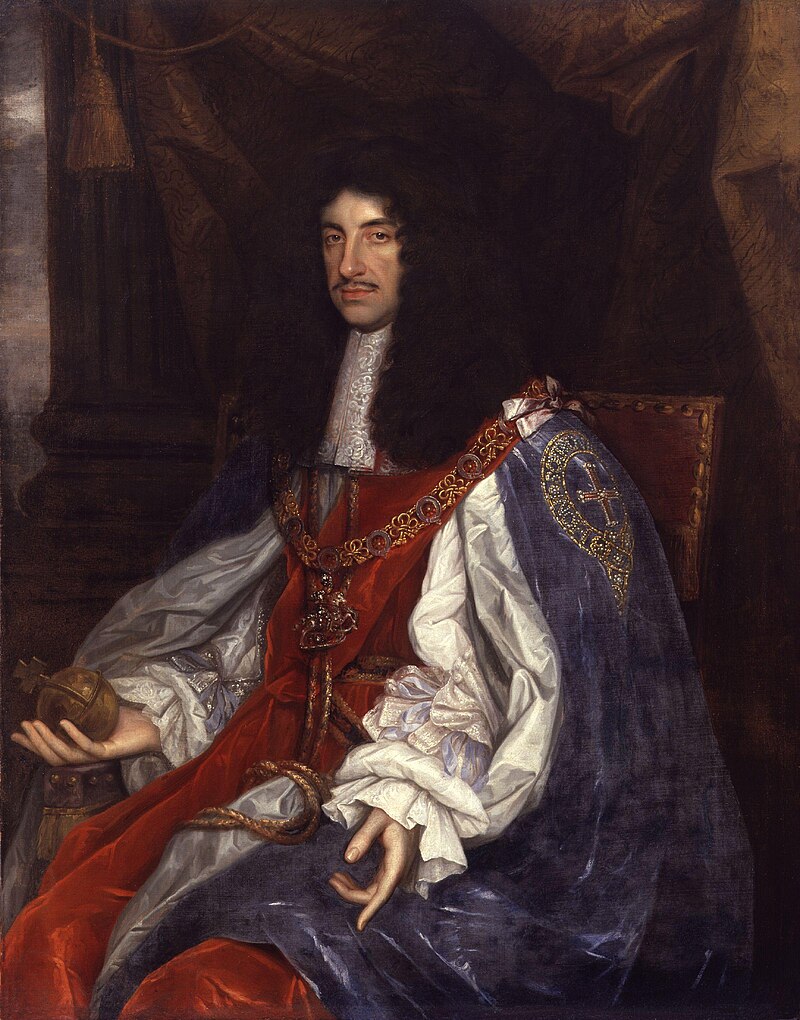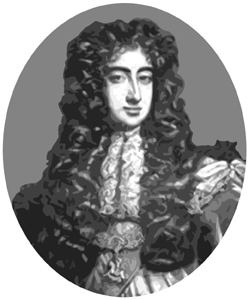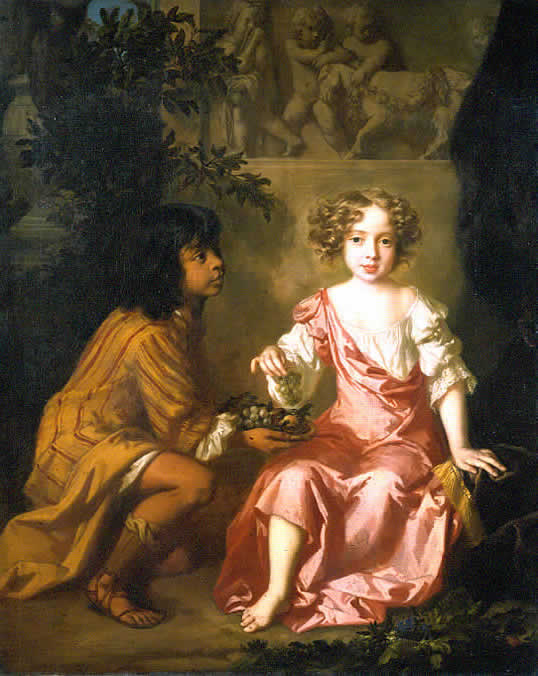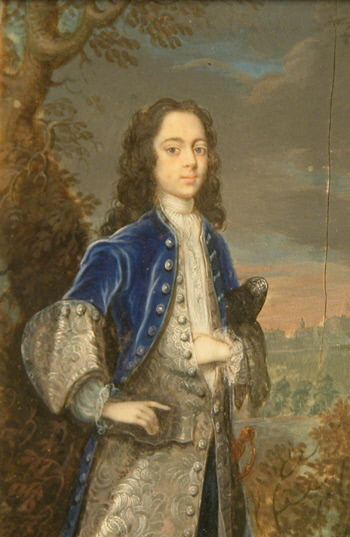by Susan Flantzer
© Unofficial Royalty 2024
The soon-to-be Philippe, King of the Belgians and his father, the abdicated Albert II, King of the Belgians
Belgium is a young monarchy and does not have the long history of the other European monarchies. In August 1830, the southern provinces (modern-day Belgium) of the Netherlands rebelled against Dutch rule. International powers meeting in London agreed to support the independence of Belgium, even though the Dutch refused to recognize the new country. On April 22, 1831, the Belgian National Congress asked Prince Leopold of Saxe-Coburg-Saalfeld, uncle of Queen Victoria and her husband Prince Albert, if he wanted to be King of the Belgians. Leopold I, King of the Belgians swore allegiance to the new Constitution of Belgium on July 21, 1831, and became the first King of the Belgians. Under the Constitution of Belgium, the Belgian monarch is styled “King/Queen of the Belgians” to reflect that the monarch is “of the Belgian people.” Since 1830, there have been seven Belgian monarchs.
Belgium is the only current European monarchy in which the heir to the throne does not automatically ascend to the throne upon the death or abdication of his or her predecessor. In Belgium, there is an interregnum – a period when there is no ruler – between the monarch’s death or abdication and his/her successor’s accession. According to Article 90 and Article 91 of the Constitution of Belgium, the heir accedes to the throne only after taking a constitutional oath before a joint session of the two Houses of Parliament. The joint session must be held within ten days of the death or abdication of the previous monarch.
The most recent accession to the Belgian throne is that of Philippe, King of the Belgians. In early July 2013, Albert II, King of the Belgians announced his intention to abdicate, citing health reasons. On July 21, 2013, Belgium’s National Day, he signed the formal document of abdication and his elder son Philippe became King of the Belgians after he took the Belgian constitutional oath before The United Chambers, the legislative body created when both chambers of the Belgian Federal Parliament – the Chamber of Representatives and the Senate – meet in joint session.
The Cathedral of Saint Michael and Gudula as guests arrive for the Te Deum Service
The events of July 21, 2013 started with a Te Deum, a short religious service held to give thanks, at the Roman Catholic Cathedral of Saint Michael and Saint Gudula in Brussels, Belgium led by André-Joseph Léonard, Archbishop of Mechelen-Brussels and Primate of Belgium from 2010 until he retired in 2015.
The formal abdication of Albert II, King of the Belgians in the Throne Room at the Royal Palace of Brussels
After the Te Deum, the formal abdication of Albert II, King of the Belgians was held. At 10:20 AM, Queen Fabiola (the widow of Albert II’s childless elder brother and predecessor Baudouin, King of the Belgians), Princess Astrid (Albert II’s daughter) and her husband Prince Lorenz (born an Archduke of Austria-Este from the former reigning House of Austria-Este), Prince Laurent (King Albert II’s younger son) and his wife Princess Claire (born Claire Coombs) arrived in the Throne Room of the Royal Palace in Brussels. Shortly afterward, Albert II, King of the Belgians and Queen Paola (born Paola Ruffo di Calabria), Crown Prince Philippe and Crown Princess Mathilde (born Mathilde d’Udekem d’Acoz) arrived.
The abdication ceremony began with a speech by Albert II, King of the Belgians memorable for an unscripted, emotional tribute to his wife: “As for Queen Paola, who constantly supported me in my work during these twenty years, I just want to say thank you . . . and a big kiss.” The many dignitaries in attendance applauded the speech and a very emotional Queen Paola held back tears.
Albert II, King of the Belgians signs the Deed of Abdication as Prime Minister Elio di Rupo looks on
After Prime Minister Elio di Rupo‘s speech, the Minister of Justice, Annemie Turtelboom, read the Deed of Abdication which Albert II, King of the Belgians and the witnesses then signed. After his abdication, the former king was styled King Albert II of Belgium.
The swearing-in of King Philippe took place the same day at noon in the presence of both chambers of the Belgian Federal Parliament at the nearby Palace of the Nation, a neoclassical palace in Brussels, Belgium, that houses the Belgian Federal Parliament.
In Belgium’s three official languages, French, Dutch, and German, King Philippe took the Belgian constitutional oath from Article 91 of the Constitution of Belgium: “I swear to respect the Constitution and the laws of the Belgian people, to preserve the independence of the country and to safeguard the integrity of the national territory”, confirming the monarchy’s constitutional role. In his acceptance speech, King Philippe confirmed his commitment to continuing his father’s work, to preserve Belgium’s unity.
Afterward, King Philippe and Queen Mathilde with their four children, the heir apparent Princess Elisabeth, Duchess of Brabant, Prince Gabriel, Prince Emmanuel, and Princess Eléonore, along with King Albert, Queen Paola, and Queen Fabiola greeted the Belgian people from the Royal Palace balcony.
In the late afternoon, King Philippe, wearing his uniform as commander-in-chief of the Belgian Army, inspected the troops from an open vehicle.
Then the entire Belgian royal family watched the military parade which included marching bands, military vehicles, the Red Cross, police cars, members of the Special Forces, fire services, and policemen on their bicycles.
Fighter jets flew over the center of Brussels, painting black, yellow, and red stripes in the sky. Later in the evening, there were fireworks.
This article is the intellectual property of Unofficial Royalty and is NOT TO BE COPIED, EDITED, OR POSTED IN ANY FORM ON ANOTHER WEBSITE under any circumstances. It is permissible to use a link that directs to Unofficial Royalty.
Works Cited
- BBC. (2013, July 21). Philippe Becomes New Belgian King as Albert II Abdicates. BBC News. https://www.bbc.com/news/world-europe-23393963
- Casert, R., & Corder, M. (2013, July 21). Philippe Becomes King of Belgium. USA Today. https://www.usatoday.com/story/news/world/2013/07/21/belgium-king-albert-philippe/2572449/
- Die verfassung belgiens (The Constitution of Belgium). (n.d.). https://www.senate.be/deutsch/const_de.html
- Important Dates. The Belgian Monarchy. (n.d.). https://www.monarchie.be/en/monarchy/events-linked-monarchy
- Royalty. (2014, May 27). The Accession of King Philippe. Royalty Magazine. https://royalty-magazine.com/wpcoco/royalty/belgium/accession-king-philippe/
- VRT NWS: news. (2013, July 21). King Filip Inspects the Troops, Watches Military March-Past. vrtnws.be. https://www.vrt.be/vrtnws/en/2013/07/21/king_filip_inspectsthetroopswatchesmilitarymarch-past-1-1684232/

























